AWS keeps pace with Microsoft, Google in cloud sector war of attrition
AWS has quelled fears that it might not meet the high bar of its competitors
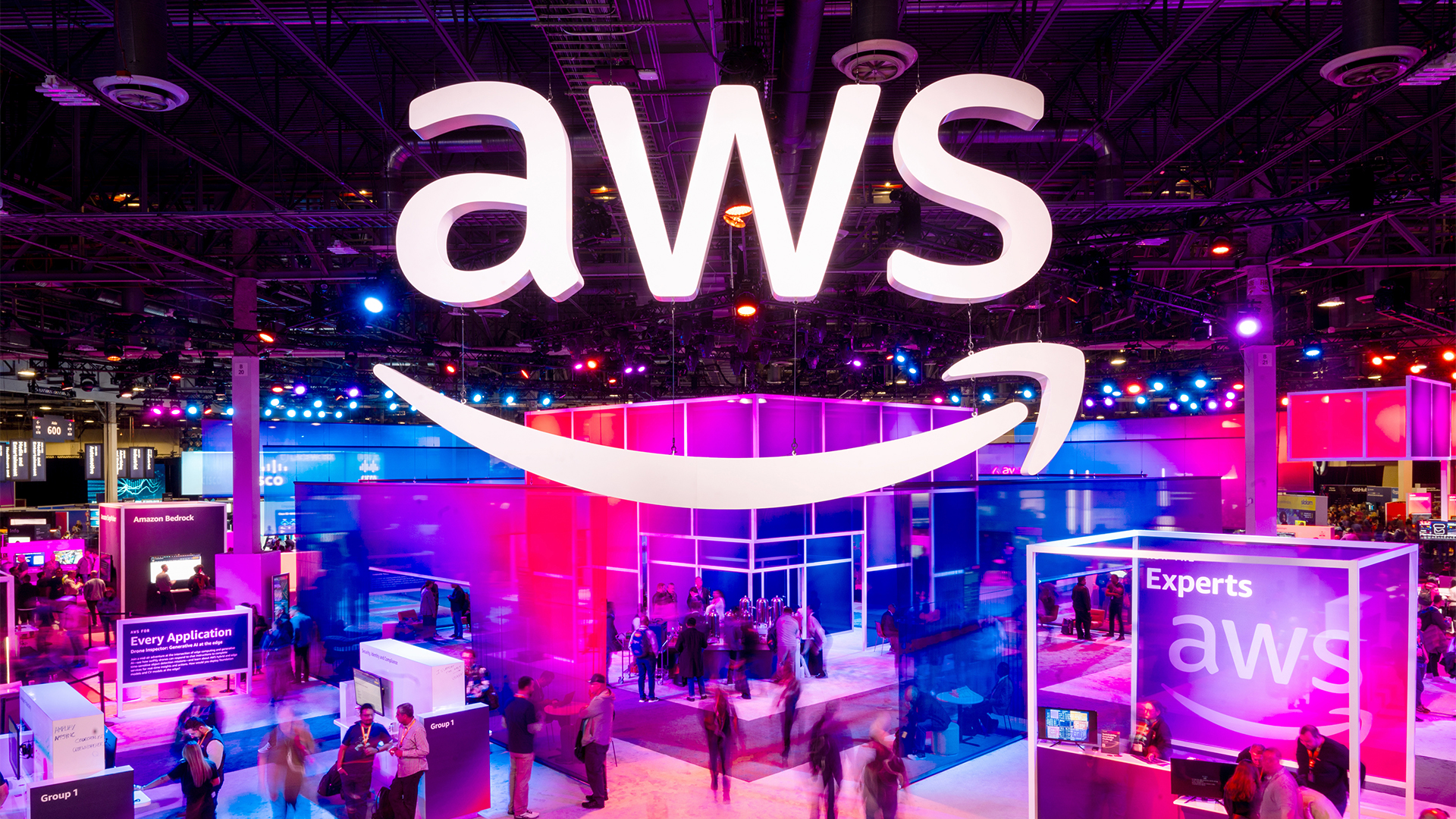

AWS has confidently proved it’s able to keep pace with cloud competitors Google and Microsoft at a recent earnings call, showing an impressive rate of growth on the back of its infrastructure and AI offerings.
Segment sales for the cloud arm of the tech giant increased 17% year-over-year to just over $25 billion, rocketing past analyst expectations.
AWS’ main competitors, Google and Microsoft, both delivered similarly strong results in their own earnings calls, with Google Cloud clocking a 28% boost in revenue and Microsoft’s Azure showing a 29% surge - both of which were buoyed by enterprise interest in generative AI.
With strong results from Google and Microsoft, all eyes naturally turned to AWS to see if the long-time industry leader was keeping pace. According to Forrester analyst Lee Sustar, the hyperscaler has very much outpaced expectations.
“Microsoft and Google's strong AI-driven cloud earnings put a spotlight on the AWS earnings call as investors - and customers - looked for evidence that AWS could tap the surge of AI spending as well,” Sustar said. “The answer is yes.”
Amazon CEO Andy Jassy specifically highlighted AWS’ strong performance in the earnings call, highlighting the strong industry appeal of the hyperscaler’s cloud and AI offerings.
“The combination of companies renewing their infrastructure modernization efforts and the appeal of AWS’s AI capabilities is reaccelerating AWS’s growth rate,” Jassy said.
Get the ITPro daily newsletter
Sign up today and you will receive a free copy of our Future Focus 2025 report - the leading guidance on AI, cybersecurity and other IT challenges as per 700+ senior executives
Jassy also mentioned that AWS was predicting a “$100 billion annual revenue run rate”, with the suggestion being that the hyperscaler is on track to keep generating significant revenue growth over the next year.
This trend does look already to be in place, as AWS showed a significant mark-up in revenue for 2024 as compared with last year, which delivered slightly over $21 billion in net sales at the start of 2023.
AWS, which constitutes just over 17% of Amazon’s overall $143 billion revenue stream, looks on track to achieve its targets and maintain its position in the top spot in cloud computing.
AWS operating revenue surges
As Sustar noted, what is perhaps most interesting about the recent earnings call is AWS' demonstration of an increase in operating income and the concurrent implication that AWS' AI investment is profitable.
The cloud firm’s operating income doubled to just over $9.4 billion in Q1 of 2024; this marks a significant increase compared to the same period in 2023, in which operating income stood at $5.1 billion.
This, again pipped analyst expectations, who predicted that AWS’ operating income would close the first quarter of 2024 at $7.52 billion.
“More noteworthy was a near doubling of AWS operating revenue in the quarter to $9.4 billion, up from $5.1 billion a year earlier,” Sustar said.
"The operating income boost indicates that AWS has managed to invest to stay in the AI game without dragging down the operating income that helps drive Amazon overall,” he added.
AWS knows what customers want
Like Google Cloud, AWS was forced to play catch up to Microsoft in the generative AI space in early 2023. However, over the course of the year the hyperscaler gained significant momentum, unveiling a host of generative AI-powered tools and services for enterprise users.
RELATED WHITEPAPER

Chief among these is Amazon Bedrock, the company’s large language model (LLM) framework which offers users access to a range of in-house and third party models from firms such as Anthropic and Meta.
The launch of Amazon Bedrock was by all accounts a roaring success, and the framework has since become a core component of its generative AI offering.
Speaking in July last year, Swami Sivasubramanian, VP for database, analytics, and machine learning at the cloud giant revealed the service had attracted “thousands of customers” within a matter of months.
Shoring up these offerings at AWS Summit London last month, the company once again reiterated the value of its Amazon Bedrock platform.

George Fitzmaurice is a former Staff Writer at ITPro and ChannelPro, with a particular interest in AI regulation, data legislation, and market development. After graduating from the University of Oxford with a degree in English Language and Literature, he undertook an internship at the New Statesman before starting at ITPro. Outside of the office, George is both an aspiring musician and an avid reader.
-
 Enterprises face delicate balancing act with data center sustainability goals
Enterprises face delicate balancing act with data center sustainability goalsNews High energy consumption, raw material requirements, and physical space constraints are holding back data center sustainability efforts, according to new research from Seagate.
By Emma Woollacott
-
 Cleo attack victim list grows as Hertz confirms customer data stolen
Cleo attack victim list grows as Hertz confirms customer data stolenNews Hertz has confirmed it suffered a data breach as a result of the Cleo zero-day vulnerability in late 2024, with the car rental giant warning that customer data was stolen.
By Ross Kelly
-
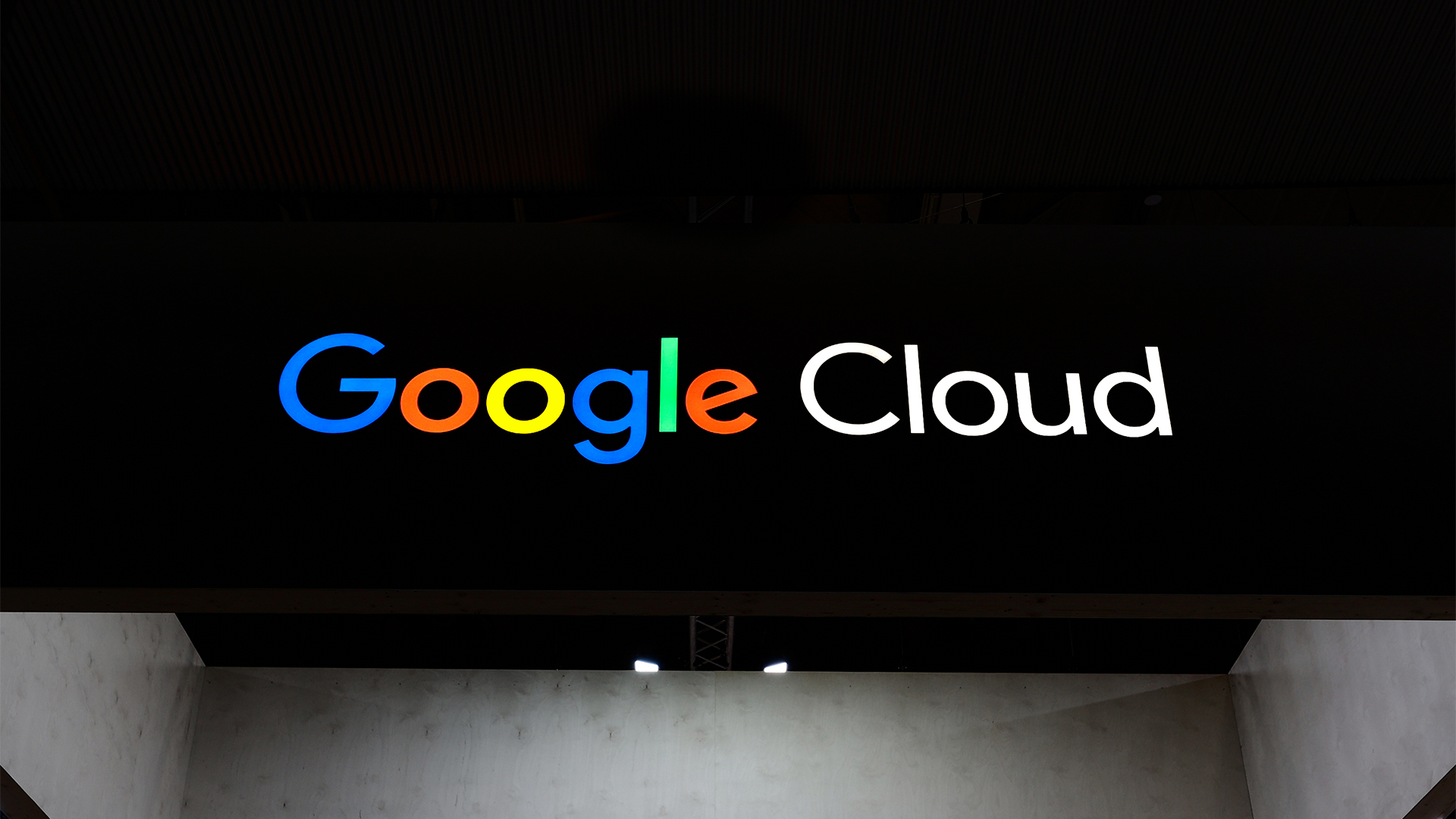 The Wiz acquisition stakes Google's claim as the go-to hyperscaler for cloud security – now it’s up to AWS and industry vendors to react
The Wiz acquisition stakes Google's claim as the go-to hyperscaler for cloud security – now it’s up to AWS and industry vendors to reactAnalysis The Wiz acquisition could have monumental implications for the cloud security sector, with Google raising the stakes for competitors and industry vendors.
By Ross Kelly
-
 AWS expands Ohio investment by $10 billion in major AI, cloud push
AWS expands Ohio investment by $10 billion in major AI, cloud pushNews The hyperscaler is ramping up investment in the midwestern state
By Nicole Kobie
-
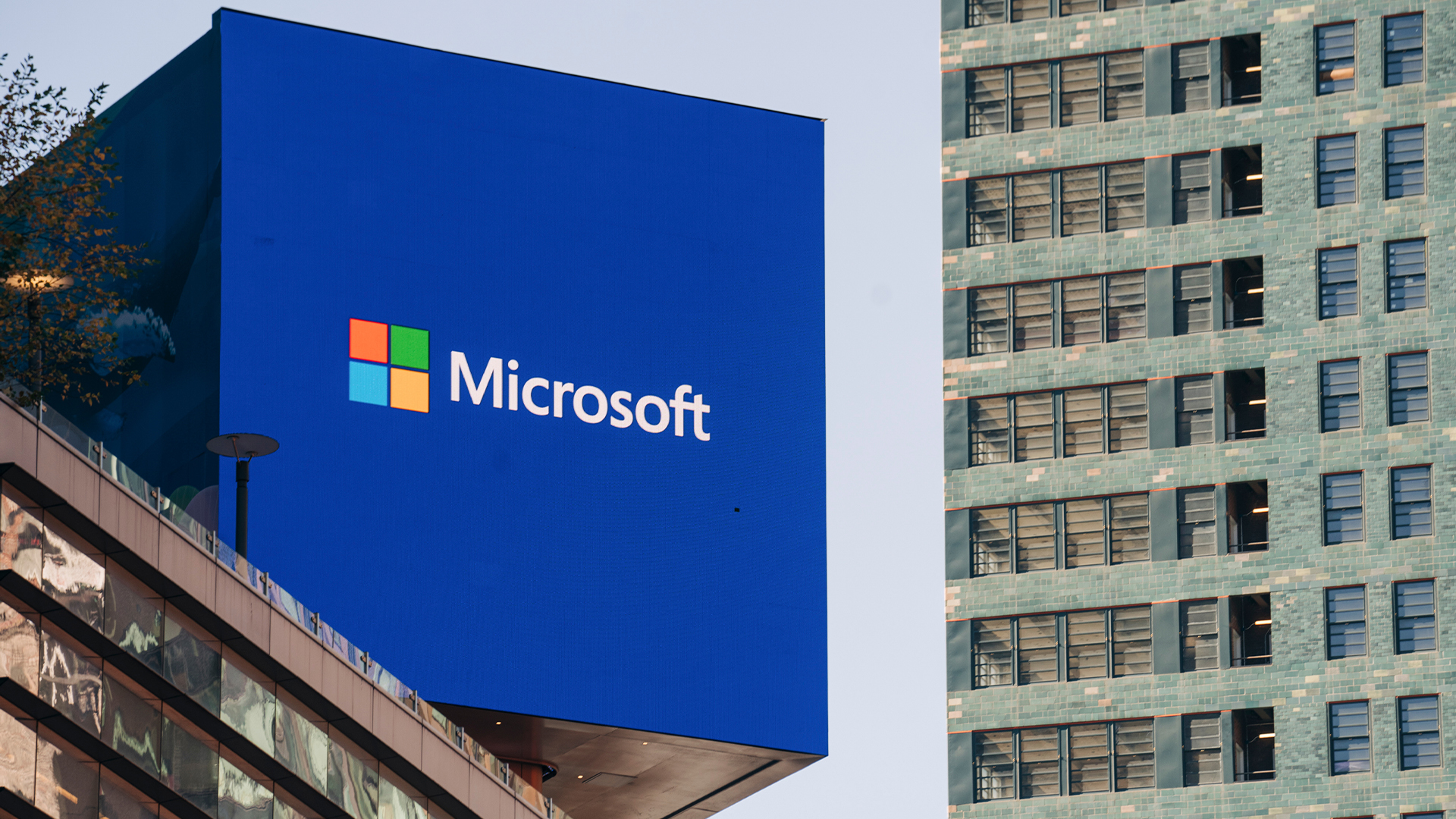 Microsoft hit with £1 billion lawsuit over claims it’s “punishing UK businesses” for using competitor cloud services
Microsoft hit with £1 billion lawsuit over claims it’s “punishing UK businesses” for using competitor cloud servicesNews Customers using rival cloud services are paying too much for Windows Server, the complaint alleges
By Emma Woollacott
-
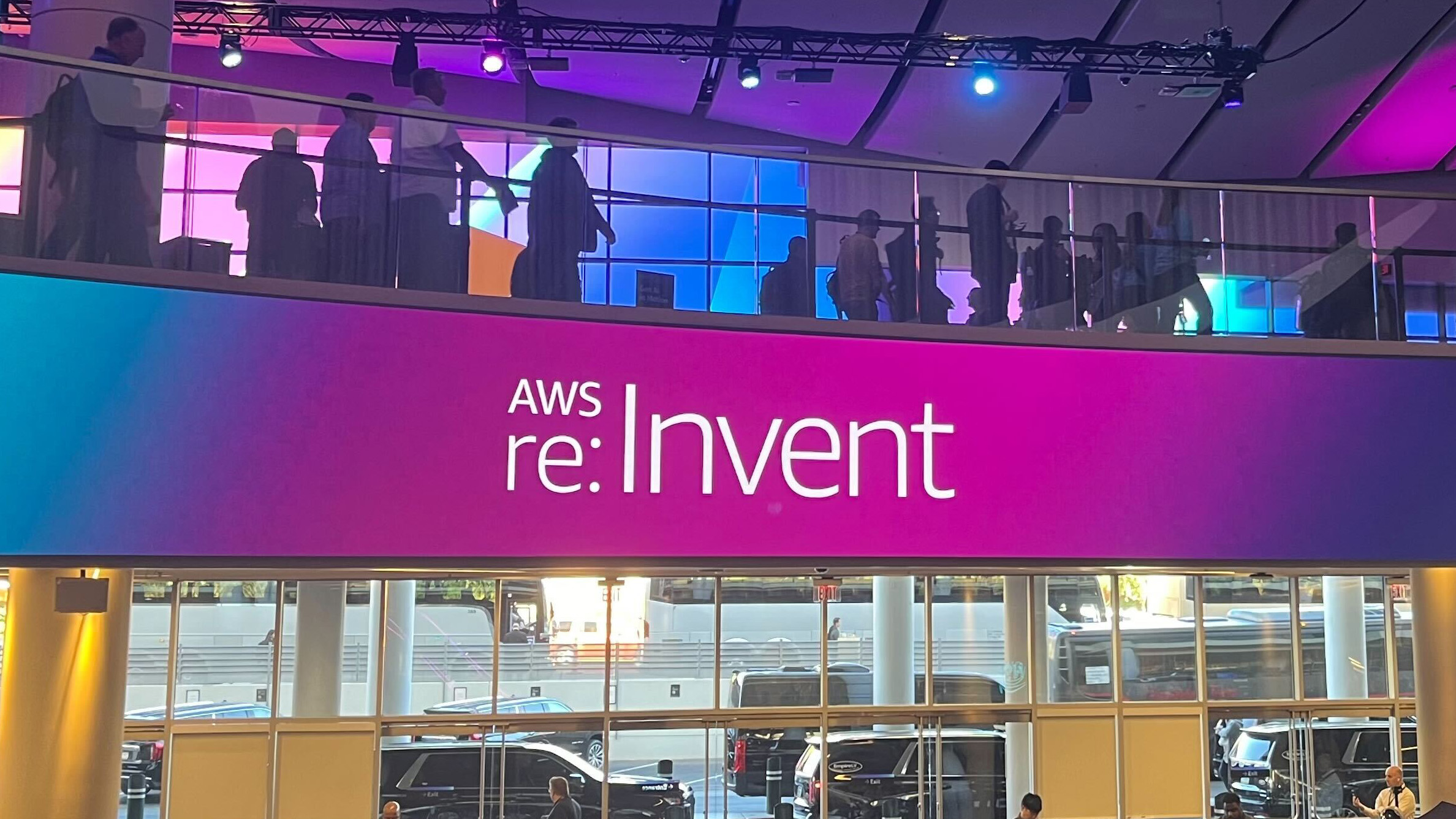 AWS re:Invent 2024 live: All the news and updates from day-three in Las Vegas
AWS re:Invent 2024 live: All the news and updates from day-three in Las VegasLive Blog ITPro is live on the ground in Las Vegas for AWS re:Invent 2024 – keep tabs on all the news and updates from day-three here
By George Fitzmaurice
-
 Westcon-Comstor bags major European distribution deal with AWS
Westcon-Comstor bags major European distribution deal with AWSNews The company plans to launch a dedicated European AWS cloud business unit
By Emma Woollacott
-
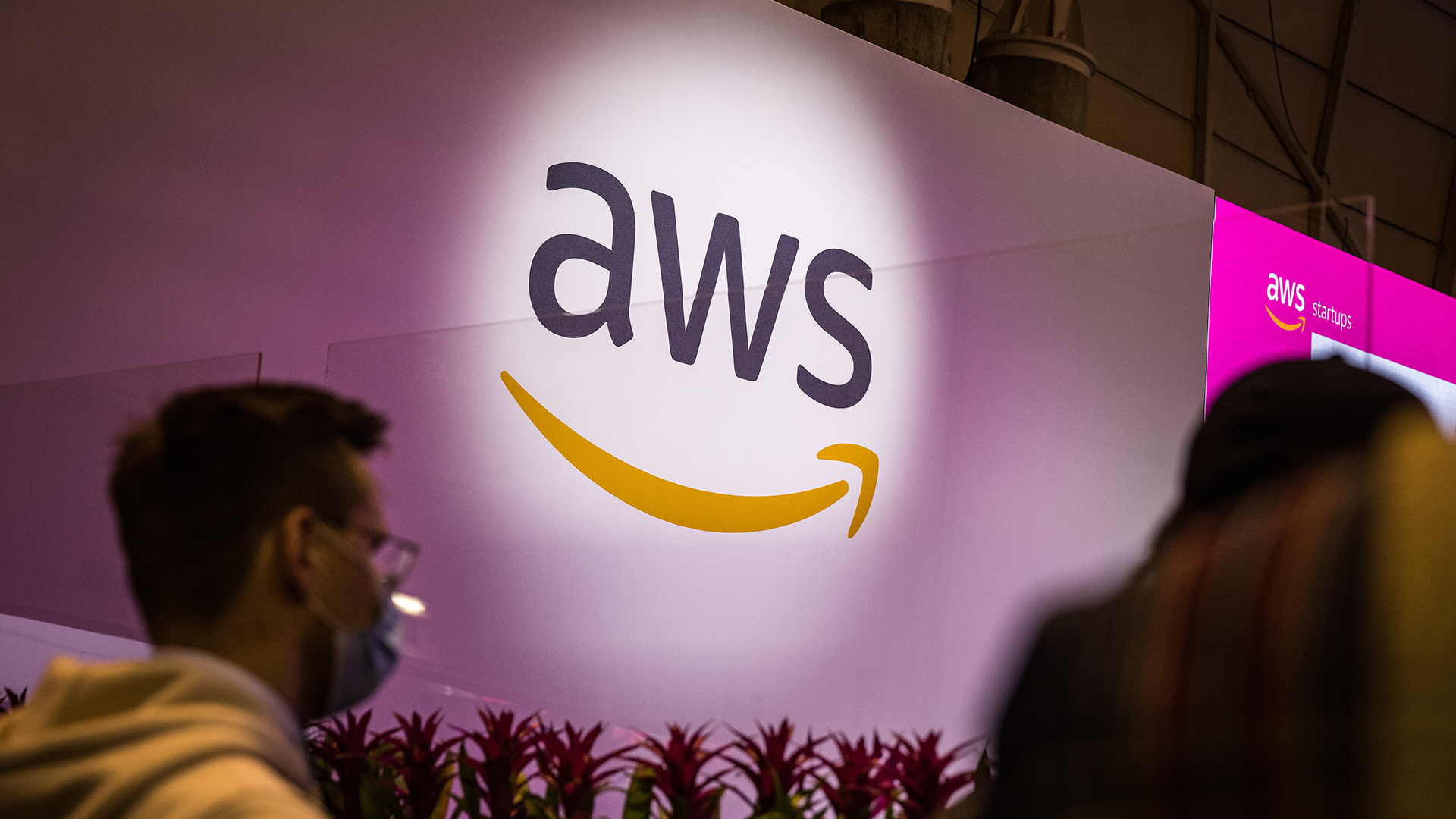 AWS opens physical sites for fast data uploads – but it could cost you up to $500 an hour
AWS opens physical sites for fast data uploads – but it could cost you up to $500 an hourNews Amazon Web Service (AWS) has launched a new Data Transfer Terminal service to allow customers to upload data to the cloud from a physical site.
By Emma Woollacott
-
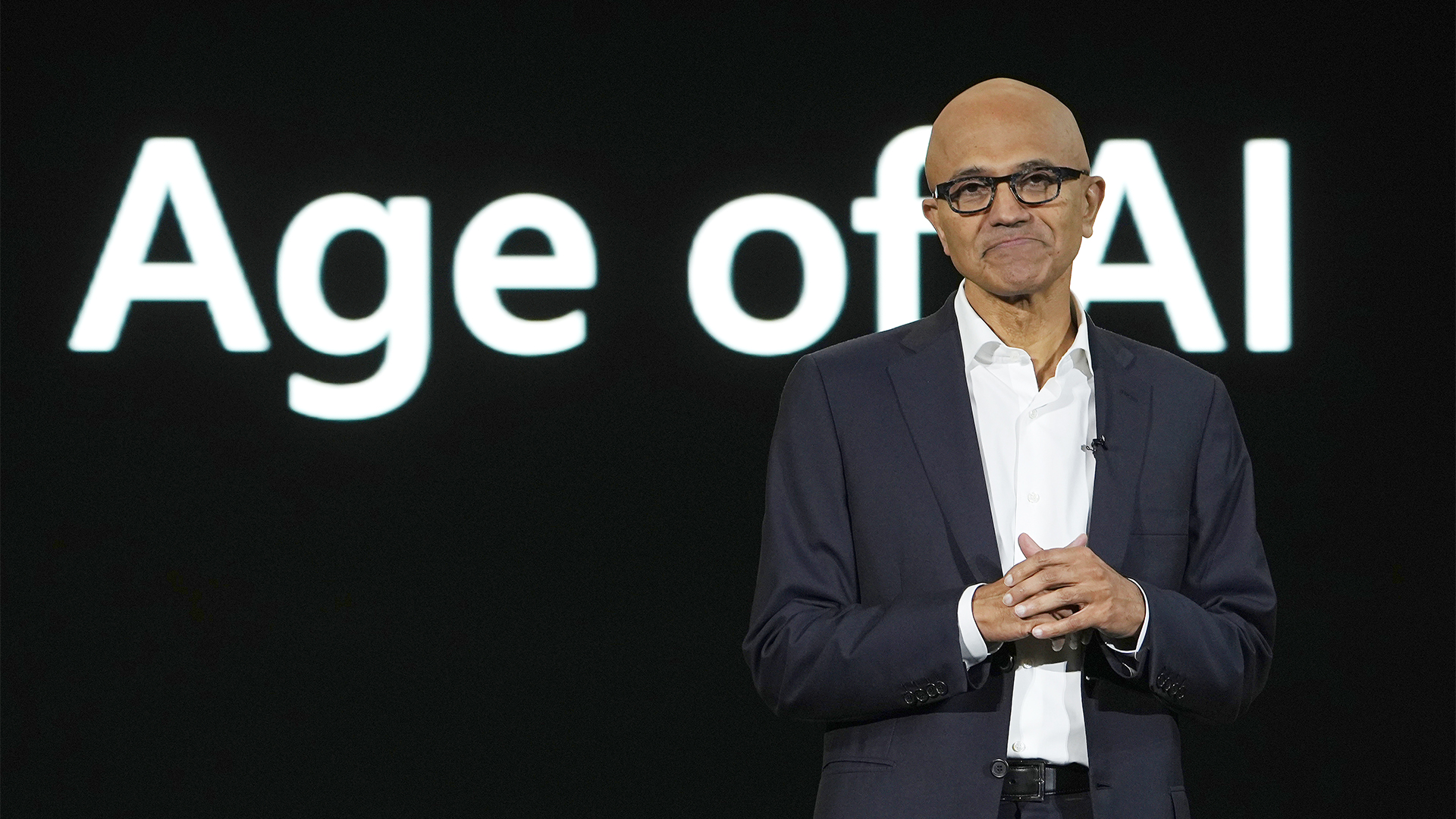 Microsoft's Azure growth isn't cause for concern, analysts say
Microsoft's Azure growth isn't cause for concern, analysts sayAnalysis Azure growth has slowed slightly, but Microsoft faces bigger problems with expanding infrastructure
By George Fitzmaurice
-
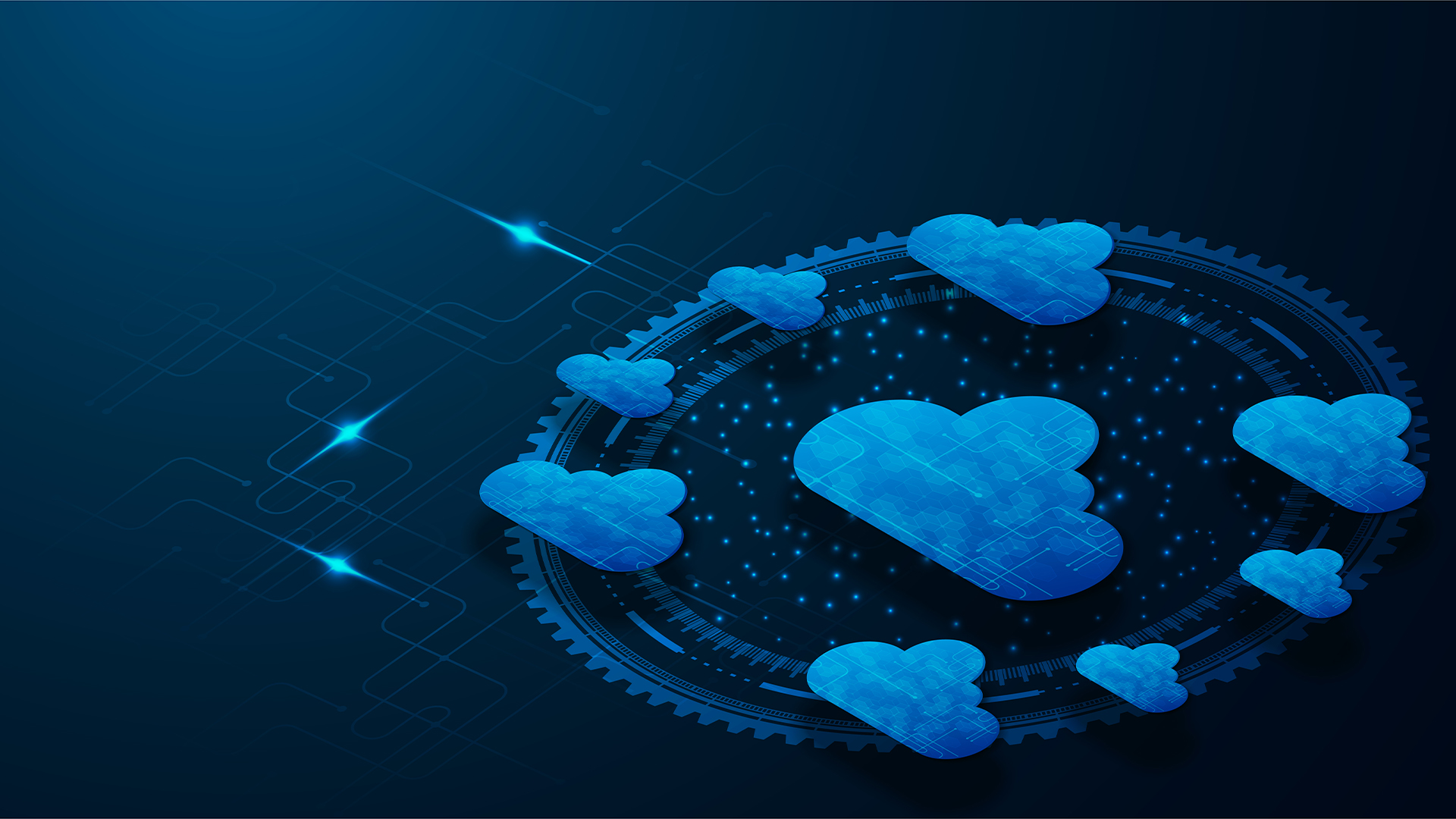 The Open Cloud Coalition wants to promote a more competitive European cloud market – but is there more to the group than meets the eye?
The Open Cloud Coalition wants to promote a more competitive European cloud market – but is there more to the group than meets the eye?Analysis The launch of the Open Cloud Coalition is the latest blow in a war of words between Microsoft and Google over European cloud
By Nicole Kobie